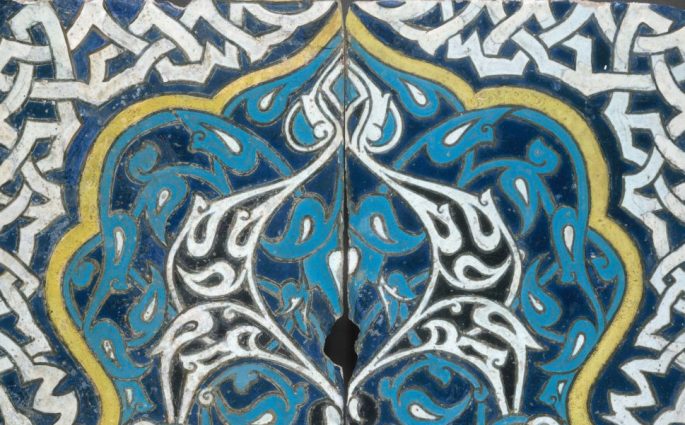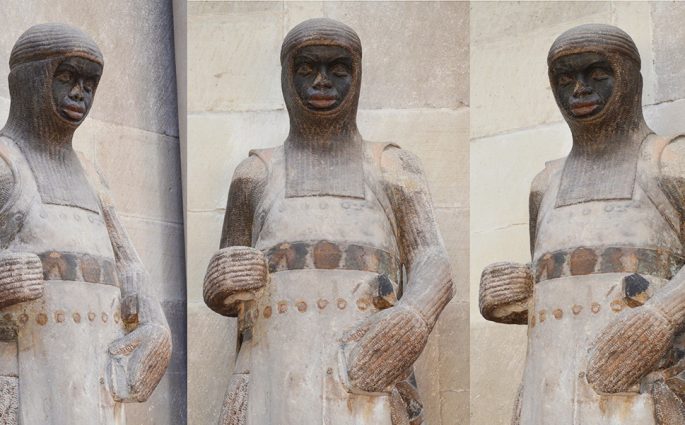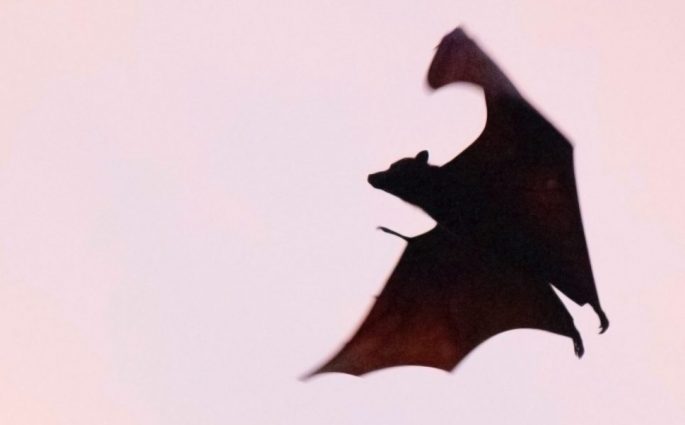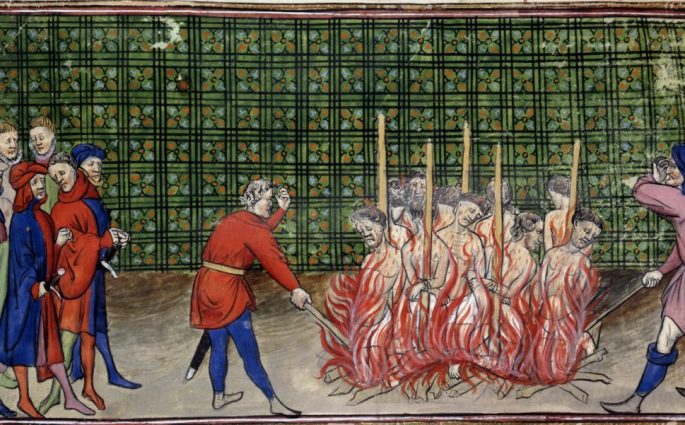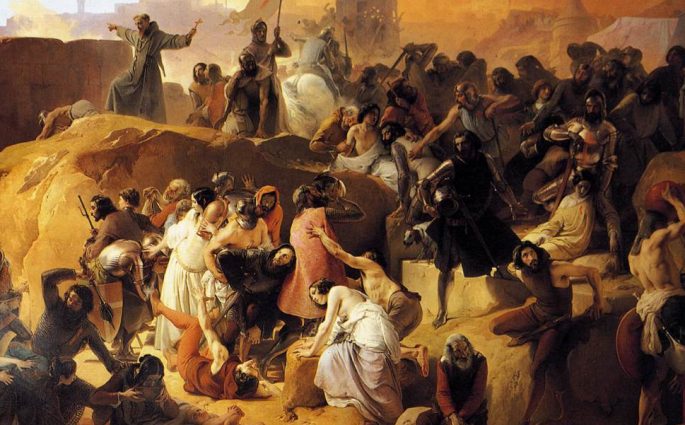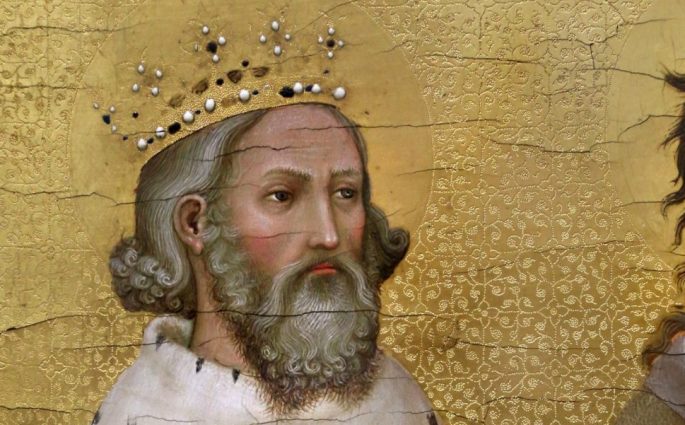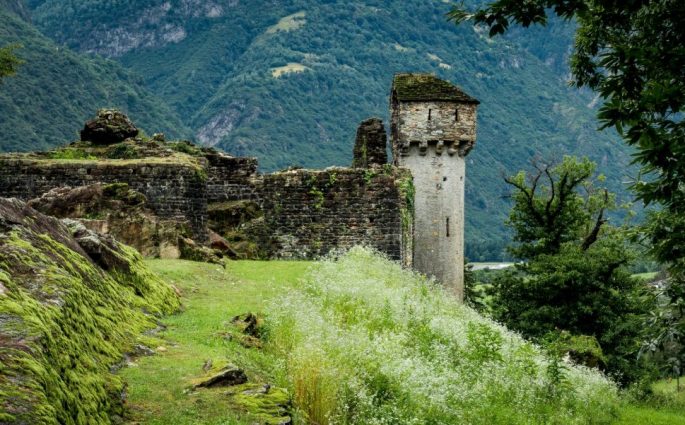The Strange Speech of Sultan Valad
Michael Pifer— Sometime in the late thirteenth or early fourteenth century, a Sufi poet named Sultan Valad was trying his hardest to get out of delivering a public sermon. He had just spoken before a private gathering of religious scholars while on a visit to the city of Kayseri, located

